I had once picked up a beautiful coffee table book from Landmark in Calcutta (it is now called Starmark), which traced shoes since as far in History as known, in Europe to date.
What was remarkable while browsing through the book was that shoes have barely changed since their inception. Sure, today there are computer-generated ergonomic and machine made shoes with material unavailable in the 15th, 16th of even 19th Centuries. But, the shoe in-principle, has remained the same.
To talk of not too far a past, I thought I will mention a little about the shoes worn in the 18th Century, or 1700’s. This was the era when Europe was still united and society was divided into the rich and poor. The rich aristocracy wore every possible type of grandeur, dresses were grand and stiff and the shoes matched the flavour of the day!
Women’s Shoes

18th Century Shoe Painting
In the 18th Century, shoes with heels were very much de-rigeur. Typically, the shoes were covered with cloth, and these were embroidered intricately with flowers, and usually women wore them to match with their outfit (as today!). The cloth was backed by a stiff material giving the shoe its characteristic shape.
The rich also wore shoes embedded with precious stones and wearing a gold shoe with red rubies along with a dress of golden lace and rubies was but natural.
The toes of the shoes were extremely pointed, and the heels were wooden, curving inwards. The heels too were embedded with jewels and sometimes embroidered. These shoes were usually known as Clogs.

- !8th Century Italian Shoes
Most times the shoes were covered on all fronts, thereby helping the wearer brave the cold weathers in Europe (it was afterall the Little Ice Age, and the weather was much colder than today). The shoe top was then embellished by buckles which were made as pretty as possible using the materials allowed by the social status of the wearer. A rich person would wear precious stones, diamonds and so on, while a peasant’s would probably be un-embellished.
Since the shoes were meant to accompany the dresses, and made with specially dye-ed cloth, their colours were spectacular and varied. It is a pleasure to look at these shoes. The dresses were made of the height of the person, so when wearing a stiff brocade gown, the hem would be till the ankle of the wearer and the shoe would be clearly visible to another person, making it important to wear matching (and pretty) shoes for important social functions.

Yellow silk shoes with buckles, French, c.1760s
I do not think they are as comfortable as shoes available in the market today, but one must give credit to the pretty specimens that are available in museums and antique shops.

Mid-1700s Silk Shoe
Towards the end of the century however, with the Napoleonic war and French Revolution as well as the advent of Muslins, and reduction of the number of jewelery and colours worn, as well as the movement of womens dresses from the stiff brocaded and hooped versions to soft, flowing lines, shoes also underwent a change. Heels and stiff shoes seem to have lost their popularity. The trend seen in early 19th Century made its appearance, with flat ballet-like shoes, tied with ribbons around the ankle. These were made of soft silk and muslin and though very pretty, they were delicate and needed replacements pretty soon. The advantage of these shoes however was the fact that they could be repaired at home – much cheaper!
Political Evolution
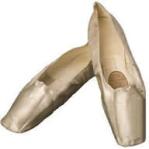
Satin Slippers lined with Linen
Heels seemed to signify social status, as people in the higher social strata did do any manual labour and did not to walk too much and hence wore very high heels to signify the same. The lower strata poorer people did not wear very high heels as most of their work had to be done themselves, and the could not afford carriages for short distances. Considering that most streets were cobbled at the time, wearing even 5-inch of such inwardly curved heels and walking in the elaborate clothes fashionable at the time was definitely a feat! With the French Revolution, heels reduced in size and as they tended towards vanishing, they signified how everyone was of the same social status.
In fact, in the 18th Century, the first Ballet slippers were made, and they had high heels! The toes were padded so one could dance on the toes. It was only later that flat ballet shoes evolved.
While the shoes with heels made walking difficult because of the high and difficultly balanced heels, the flat shoes (called slippers) that came up after them also made walking difficult on the often muddy and slippery roads, especially in the country and in England. Also, since their soles were thin, the wearer was often subjected to cold and it was definitely not a healthy fashion trend!

Shoes over the 18th Century
Mens Shoes

18th Century Man with Red Heels
Men in the 18th Century were as, if not more flamboyant than the women in their clothing. To go with this, their shoes too were flamboyant. Though men usually wore black shoes with white buckles, it did not stop them from embellishing them with precious stones to match with the rest of their attire. Rubied heels for red-lined coats, emeralds for green lined coats and diamonds if the wearer was decked out in silver lace! The elaborateness of the dress as well as the number of jewels worn showed the social stature of the person and hence was an important indicator.
While the poorer people wore plain shoes, the aristocrats wore extremely high heels making them walk ‘mincingly’ so as not to lose their balance. The

high heels apart from showing the social stature by making it impossible for the wearer to do physical labour, also balanced the outline of the person. With dresses that balooned around the waist with stiff materials and multiple ‘skirts’, and head covered by towering wigs, it was essential that the human outline be maintained and that was achieved by the high heeled shoes.
However, men indulged in many more activities than women and these primarily comprised of hunting/ riding and the Army. While the heeled shoes were alright for wearing to parties, it was a practical necessity to have shoes which could be worn for riding horses and walking and running. These were the Hessians or Boots, as we know them.

18th C French Military Boots
The hessians were knee high riding boots made of leather, without heels, and definitely useful while riding a horse as they would help when the leg chafes against the horse. However, in this century of extreme fashion, they were confined only to wearing in the Country, which meant not in society. They were worn when men went for out-door activities, but were a definite no-no in polite circles or when meeting guests at home.
The shine of the hessians were a matter of pride to the wearer, and they were frequently adorned with gold or silver tassles or lined with fur.
Political Evolution

1786 Mens Fashion
With the war, the heels of men’s shoes also went down. However, more drastic to note was the advent of Hessians into every-day acceptable wear. By the early 19th Century Hessians were worn by men in Town (i.e. London or Paris or equivalent cities) though not worn for evening events.
In the late 1700’s, the dressing had reduced in grandeur to signify democracy and the shoes too had sobered down. Boots were still making an entry into society, but calf length boots allowable in town-wear. The shine on the shoes determined the wearer’s status and the style of the top of the shoe -tassles, fur or embroidery- determined his style quotient!
For this post I have sourced information and pictures from: Wikipedia, Encarta, Doubledeckerbus, Lousiana State Museum, Shoe Blog, Bata Shoe Museum, Canada, Tongue in Cheek, The Costumers Manifesto, Colonial Williamsberg, Humanities etc. Thanks! 🙂

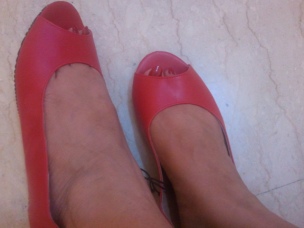
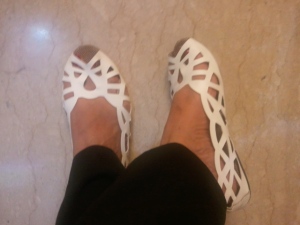

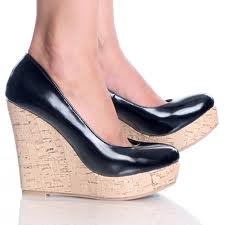
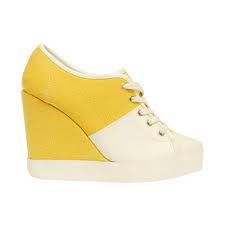

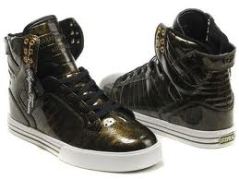
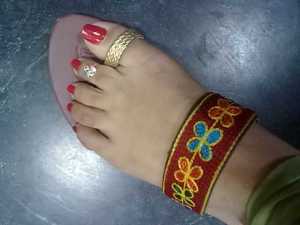
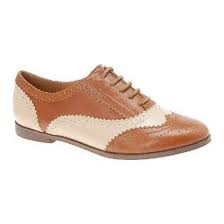
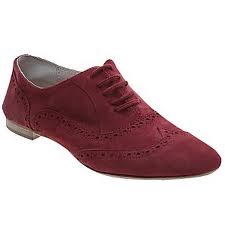
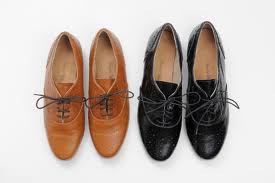










 I would like to state that unless otherwise indicated, opinions expressed herein are those of the author of the page, i.e. me and do not represent any other person or group. It is not intended to constitute a promise or contract of any kind; or mockery or undue praise, or incite purchase of, any person, group, product or brand (respectively) as the case may be. If you would like to act upon the advice/ views given in this blog, please do so at your own discretion. Having said that, enjoy your shoes!
I would like to state that unless otherwise indicated, opinions expressed herein are those of the author of the page, i.e. me and do not represent any other person or group. It is not intended to constitute a promise or contract of any kind; or mockery or undue praise, or incite purchase of, any person, group, product or brand (respectively) as the case may be. If you would like to act upon the advice/ views given in this blog, please do so at your own discretion. Having said that, enjoy your shoes!

